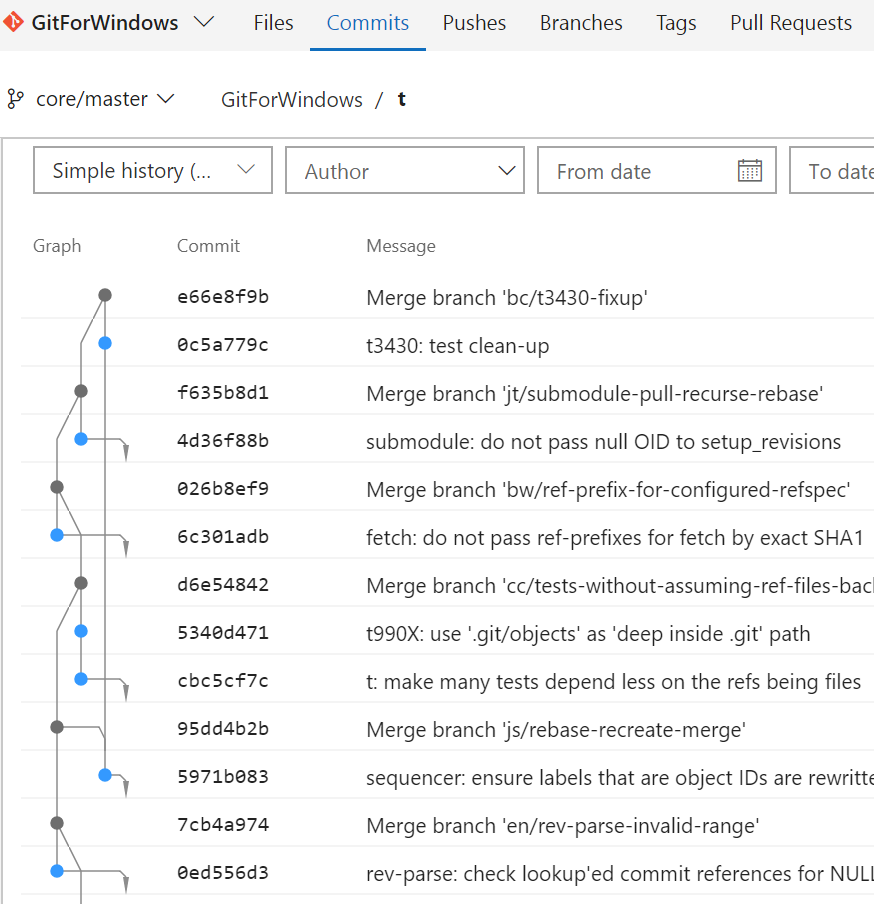Welcome to the world of Git, where collaboration and version control come together seamlessly. In this online tutorial, we will delve into the fundamentals of Git, empowering you with the knowledge and skills to navigate its powerful features. Whether you’re a seasoned developer or just starting your coding journey, join us as we unravel the secrets of this indispensable tool.
Learning Git through Examples
We will start by showing you how to initialize a Git repository, add files, and make commits. You will learn how to create branches, switch between them, and merge them back together. We will also cover the basics of resolving conflicts that may arise during the merging process.
Throughout the tutorial, we will provide clear explanations and step-by-step instructions, making it easy for you to follow along. We encourage you to try out the examples on your own machine as you go through the tutorial to reinforce your understanding of Git.
By the end of this tutorial, you will have a solid foundation in using Git and be well-equipped to manage your code projects with confidence. So let’s dive in and start learning Git through examples!
Understanding Git and Remote Repositories

Git allows multiple developers to work on a project simultaneously, while keeping track of changes and managing conflicts. With Git, you can create branches to work on different features or bug fixes, and then merge them back into the main codebase.
Remote repositories are a central location where developers can store and share their code. They provide a way to collaborate with others, whether they are on the same team or located halfway around the world.
By using Git and remote repositories, you can easily synchronize your code with others, track changes, and revert to previous versions if needed. This level of control and flexibility is invaluable in a development environment.
To fully grasp the power of Git and remote repositories, consider taking Linux training. Linux training courses cover Git in detail, providing hands-on experience and practical knowledge that will boost your coding skills and enhance your understanding of version control systems.
Exploring Git’s Project History

Git’s project history is a vital aspect of using Git effectively. It allows you to track changes, understand the evolution of your project, and collaborate seamlessly with others.
To explore Git’s project history, you can use various commands and tools. One essential command is git log, which displays a chronological list of commits along with relevant details like commit message, author, and timestamp. This command helps you understand the sequence and nature of changes made to your project.
Another helpful tool is git blame, which shows who made each change to a specific file and when. This can be particularly useful for understanding why certain decisions were made or identifying the author responsible for a specific piece of code.
Furthermore, Git provides the ability to diff between different versions of a file. This allows you to examine the exact changes made and understand the progression of your project over time.
By exploring Git’s project history, you gain valuable insights into the development process and can make informed decisions. Understanding the history helps you troubleshoot issues, revert changes if necessary, and collaborate effectively with others.
Mastering Git for Collaboration
Git is a powerful version control system designed for collaboration. It allows multiple users to work on the same project simultaneously, keeping track of changes and merging them seamlessly. Mastering Git for collaboration is essential for efficient teamwork and code management. With Git, you can easily create branches to work on different features or bug fixes, and merge them back to the main branch when ready. This ensures that everyone’s work is well-organized and conflicts are resolved smoothly.
Additionally, Git provides excellent tools for code review, allowing team members to collaborate and provide feedback on each other’s work. By becoming proficient in Git, you can streamline your collaboration process and enhance productivity.


